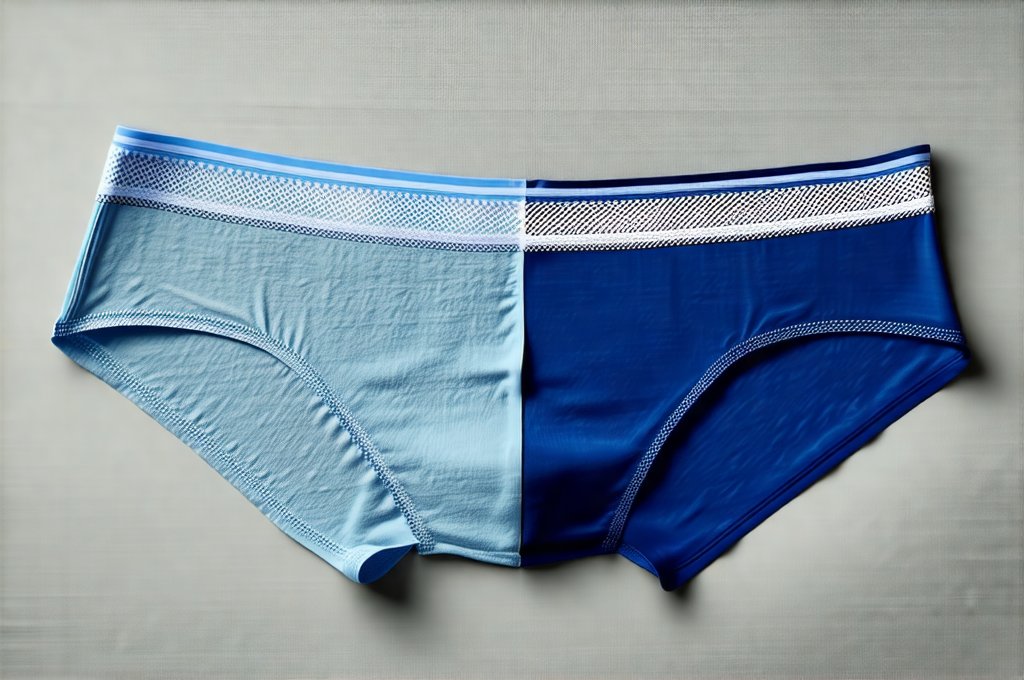Bladder irritation is an incredibly common issue, affecting millions worldwide. It can manifest in various ways – from frequent urges to urinate, a burning sensation during urination, to feelings of incomplete emptying. While many factors contribute to bladder irritation, including infections, dietary choices, and underlying medical conditions, the role of clothing and specifically fabrics used in underwear is often overlooked. Many individuals are unaware that seemingly innocuous everyday garments can significantly impact their bladder health, either exacerbating existing problems or even triggering new ones. This article will delve into how different fabric types and underwear styles interact with the delicate urinary system, potentially leading to irritation, and what choices you can make to promote greater comfort and wellbeing.
The connection between clothing and bladder health stems from several key factors. Firstly, fabrics influence breathability and moisture management – areas that directly affect the microclimate around the urethra and perineum. Poorly breathable materials trap heat and humidity, creating an ideal environment for bacterial growth and irritation. Secondly, certain fabrics can contain chemical residues from manufacturing processes or dyes which may trigger allergic reactions or sensitivities in individuals prone to bladder issues. Finally, the fit of underwear plays a crucial role; overly tight garments can constrict blood flow, irritate sensitive tissues, and even put physical pressure on the bladder itself. Understanding these mechanisms is essential for making informed choices about your wardrobe and protecting your urinary health.
Fabric Choices & Bladder Impact
The material composition of underwear is arguably the most significant factor influencing bladder irritation. Synthetic fabrics, such as nylon, polyester, and rayon, are often lauded for their durability and affordability. However, they generally lack breathability and tend to trap moisture against the skin. This creates a warm, humid environment that can promote bacterial growth, leading to urinary tract infections (UTIs) and subsequent bladder irritation. Furthermore, these fabrics may contain chemical residues from processing, increasing the risk of allergic reactions or sensitivities. Conversely, natural fibers like cotton, linen, and silk offer superior breathability and moisture-wicking properties. Cotton, in particular, is a popular choice due to its softness and absorbency, though even cotton can retain some moisture if not properly fitted. Linen boasts excellent airflow and quick-drying characteristics, making it an ideal option for those prone to irritation. Silk, while luxurious, requires careful consideration as it may offer less absorbent qualities compared to other natural fibers.
The weave of the fabric also plays a role. Tightly woven fabrics generally provide more support but reduce breathability, while loosely woven fabrics allow better airflow but may offer less protection. It’s important to note that “organic cotton” is preferable to conventionally grown cotton as it avoids the use of pesticides and herbicides during cultivation, minimizing potential chemical exposure. Similarly, look for certifications like Oeko-Tex Standard 100, which assures that the fabric has been tested for harmful substances. Beyond the main fabric composition, consider details like seams and elastic bands. Rough or poorly placed seams can cause friction and irritation against sensitive skin, while tight elastic bands can restrict blood flow and put pressure on the bladder area. Understanding these mechanisms is vital, especially when considering conditions that affect women’s bodies, such as those explored in how emotions affect the bladder.
Underwear Styles & Their Effects
Different underwear styles impact bladder health in distinct ways. Tight-fitting underwear, such as briefs or thongs, can constrict blood flow to the pelvic region, potentially leading to irritation of the urethra and surrounding tissues. This constriction can also exacerbate pre-existing conditions like interstitial cystitis (IC), a chronic bladder disorder characterized by pain and inflammation. Conversely, loose-fitting underwear – including boxer shorts or looser briefs – allows for greater airflow and reduces pressure on the pelvic floor muscles. However, excessively loose underwear may not provide adequate support, which can be problematic for some individuals.
The choice of style should also consider individual anatomy and activity levels. For example, during exercise, moisture-wicking fabrics are particularly important to prevent sweat buildup and irritation. Individuals with urinary incontinence may benefit from supportive styles that offer gentle compression without being overly restrictive. Seamless underwear is another excellent option as it eliminates friction caused by seams, reducing the risk of irritation. It’s also crucial to avoid underwear treated with fragrances or dyes, as these can be potent irritants for sensitive individuals. Regularly changing underwear and practicing good hygiene are essential components of maintaining bladder health and preventing complications. If you’re unsure about your symptoms, it may be helpful to track them using a bladder diary.
Minimizing Bladder Irritation: Practical Steps
- Prioritize natural fibers: Opt for cotton, linen, or silk underwear whenever possible. Look for organic options to minimize chemical exposure.
- Choose loose-fitting styles: Avoid overly tight underwear that constricts blood flow or puts pressure on the bladder.
- Seek seamless designs: Minimize friction and irritation by selecting seamless underwear.
- Avoid fragrances and dyes: Opt for unbleached, undyed underwear whenever possible.
- Practice good hygiene: Regularly change underwear and wash it in fragrance-free detergent.
- Stay hydrated: Adequate hydration helps flush out toxins and reduces bladder irritation.
- Consider pelvic floor exercises: Strengthening the pelvic floor muscles can provide support and improve bladder control.
- Consult a healthcare professional: If you experience persistent bladder irritation, seek medical advice to rule out underlying conditions and receive appropriate treatment.
It’s important to remember that everyone’s body is different, and what works for one person may not work for another. Experimenting with various fabrics and styles is often necessary to find the optimal combination that promotes comfort and minimizes bladder irritation. Paying attention to your body’s signals and making informed choices about your clothing can significantly contribute to overall urinary health and wellbeing. Understanding how birth affects bladder shape and function is also important for women, as it can influence their susceptibility to irritation. Furthermore, be aware of potential issues with hormonal IUDs.





















